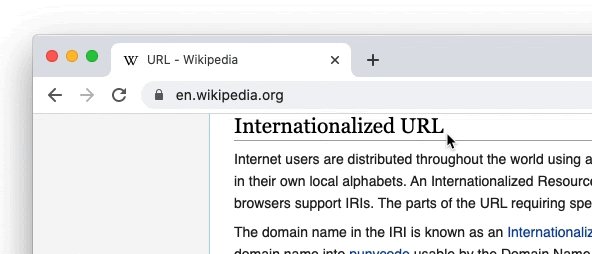Google’s experiment with attempt to shorten URLs (hiding parts of the URL from the address bar) has finally failed and was finished.
Let me remind you that in recent years, Chrome developers have returned to this topic more than once. For example, back in 2018, developers tried to make the browser interface simpler and more convenient once again, abandoning the “complex and unnecessary” parts of the URL that only confuse users.
For example, according to the developers, reading URLs was complicated by mobile subdomains, WWW and other elements displayed in the address bar. Allegedly, it is difficult for people to understand which part of the address should be trusted and given attention, which, in particular, is used by phishers and other criminals.
Many people did not like this “simplification”, while experts also discovered many bugs related to the implementation of the new functionality. For example, the construction subdomain.www.domain.com should not turn into subdomain.domain.com, and http://www.example.www.example.com should not turn into example.example.com, but this is exactly what happened.
From June 2020 to June 2021, Google specialists conducted the next phase of this experiment. A number of parameters were added to the chrome://flags settings page, after enabling them, only the main domain name of the site was displayed in the address bar.
The rationale for this experiment was again that Google experts believe that displaying full URLs prevents users from distinguishing between legitimate and malicious sites, many of which use complex and long URLs in an attempt to confuse victims. If users wanted to see the full link, they could click or hover over the Chrome address bar.
As in previous years, the experiment failed, causing a wave of criticism from both information security experts and ordinary users, who often complained if Google silently activated its innovation in selected browsers to collect statistics.
The experiment is now officially over, and the simplified domain mapping options have been removed from all versions of Chrome, including stable, beta, and Canary.
This is far from the first time Google has seemingly abandoned URL simplification. Back in 2014, the developers conducted the first experiment in this area, which in the same way collected extremely negative user reviews.
Let me remind you that I talked about Experts discovered that many mobile browsers are vulnerable to url spoofing.


